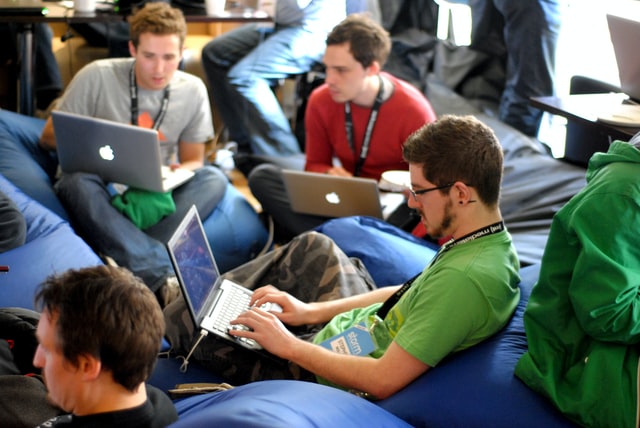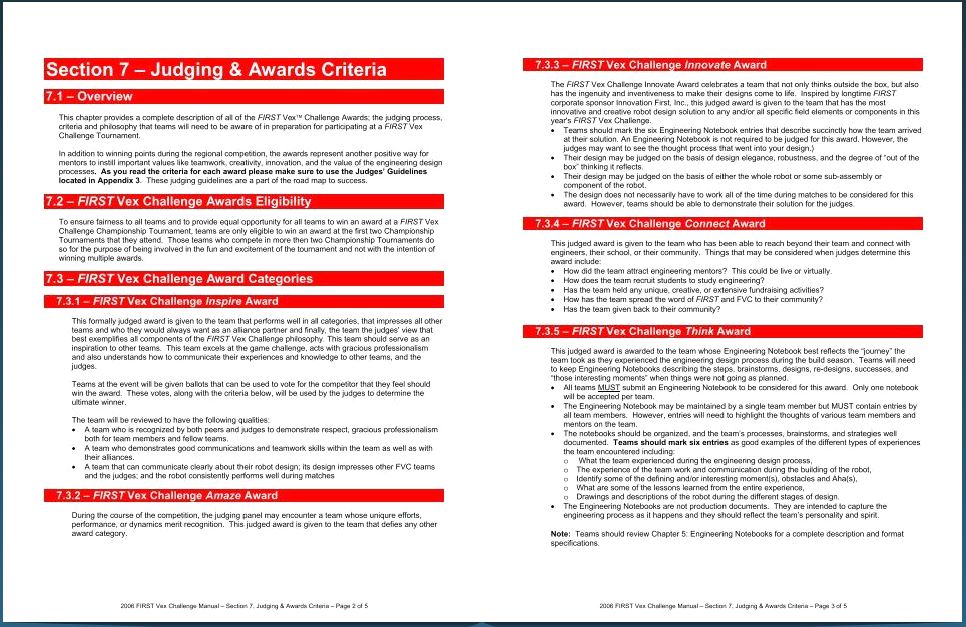Engineering As An Artform
When I set out to discuss this topic I planned on setting out examples from past, present, and future that illustrated how engineering and art, form and function bring the best innovations to mankind.`
However you can search the internet and find a many of articles that cover this point. So I reflected on why I wanted to discuss the topic and dawned on me that while a many of people acknowledge renaissance inventors and artists are celebrated for mixing form and function together masterfully. When we look at the majority of engineering firms, employers and academics programs until recently few acknowledge the role art and some outright ignore the role of artistic form in the groundbreaking developments from engineering.
Why is it that the engineer that is a wiz in visual presentations is not respected by his peers yet get progressed along the corporate ladder? Why is the engineering student with a flare for language arts, and or sketching/drawing expected to subjugate those talents in order to learn engineering fundamentals in college.
From as early as primary school teachers and education professionals begin classifying their students by their acumen in STEM or classical art.. Students in turn separate the disciplines along these lines and as they progress deeper into STEM disciplines miss out on the importance of form, function, and human impact that unite the two. I am sure many of us remember the social factions that formed along the lines of the geeks/nerds versus the hippie artsy monikers. How is it that in society as a whole still generally sees these two disciplines as separate entities that somehow call on two different parts of the brain!


In today’s world of progressive technology the technical and creative process overlap in many facets just as they did in the past. A group of people coding on the left, and another group desktop publishing to the right, each interacting with same tools; it’s never been easier to collaborate and blend disciplines for the betterment of society.
Science has long dispelled the myth of right side and left side dominance for technical versus creative activities. Artist have an exceptional grasp of proportions, geometry, and regularly call on what would be consider right brain technical skills in the creative process. Likewise there are many modern success stories of engineering products beating competing products in the market by putting more care into end user experience. One needs only to look at Microsoft’s history with small consumer electronics in comparison to Apple to illustrate this principle. So instead of trying to chronicle examples, let’s look at ways we can reunite artistry to various arenas of engineering.
While specialization is important, STEM curriculums can reintroduce creative arts within the evaluation criteria for course work. For example, in mathematics have students apply the new concept to a humanities issue and illustrate that concept for a interactive project. In the classroom graph on a full sheet of paper 8”x11” or bigger using more than one color an equation with a written description of the equation. What a way to tackle the “when will I ever use the question” head on.
Or in an engineering context challenge students to design a solution then render it in a real life setting as a portion of their report out. Deepen the design exploration by having them generate more than one form factor with a discussion of tradeoffs and advantages from the design decisions.
This is not a novel idea. Take a look at the judging criteria for competitions like FIRST lego robotics or student sections of ASME judged competitions. Participants must not only have a functioning technical product but will find their communication skills and quality of presentation visuals tested by their ability to address judge’s questions and effectiveness of sketches, graphs, and other visuals under review. These organizations recognize and have taken action to address the skills engineers need beyond the technical foundations.

Since its founding, Frist and Lego partnership has championed students developing professionalism in technology by solving world challenges. The Interview performance has always been a staple of the judging criteria in addition to the creativity of the solution itself.
If we as an engineering community want to continue to provide the word with solutions to improve quality of life on a global scale we must resist turning noses up to creative arts as if to uphold a perceived purity of numbers. Once we do that we must develop the skills and willingness to communicate with the end users. Despite what may want to believe the best work won’t speak for itself. We have to, and we must understand the ever present qualifiers for what is considered best. These skills will bring the solutions to the global challenges we face as a human race off sheets of paper, beyond labs, and into the light of day.
In the information age, where anyone with a knack can and will create solutions, if engineers want to continue providing the services to society we need to embrace both form and function, and approach the profession as the artform it is. Weaving societal needs into the functional solutions we produce.